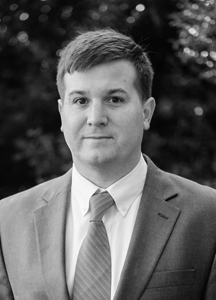Program Information
Risk of Developing a Second Cancer in the Breast for Hodgkin Lymphoma Patients Receiving Carbon Ion Therapy Versus Proton Therapy
J Eley1*, T Friedrich2, K Homann1, A Mahajan1, M Durante2, C Bert3, R Howell1, M Scholz2, W Newhauser4, (1) UT MD Anderson Cancer Center, Houston, TX, (2) GSI Helmholtz Centre for Heavy Ion Research, Darmstadt, Germany, (3) University Clinic of Erlangen, Erlangen, Germany (4) Louisiana State University, Baton Rouge, LA
SU-E-T-278 Sunday 3:00PM - 6:00PM Room: Exhibit HallPurpose: Although radiation therapy is frequently used to cure Hodgkin lymphoma (HL), young patients treated with radiation have an increased risk to develop secondary malignant neoplasms. The purpose of this study was to determine whether using carbon ion therapy instead of proton therapy would show a difference in the predicted risk of radiation-induced second cancers in the breast for female HL patients.
Methods: We retrospectively selected 6 female HL patients who were previously treated with proton therapy and limited our study to patients with supradiaphragmatic disease. We designed scanned proton and scanned carbon ion treatment plans to deliver 36 Gy (RBE) to the HL target using a single anterior-posterior beam for each patient. We calculated relative predicted risks of second cancer in the breast using a linear-no-threshold tumor induction model and a linear-quadratic breast cell inactivation model, and we explicitly modeled RBE values for both of these competing processes.
Results: For all patients, we found that the predicted risk for second cancer incidence in the breast was slightly lower using carbon ions instead of protons. For individual patients, we observed large variations in predicted risk given the plausible range of RBE for cancer induction for protons and carbon ions.
Conclusion: Our findings are indicative that a higher or lower risk of second cancer in the breast might be expected for some patients using carbon therapy instead of proton therapy, depending on RBE for tumor induction, which implicitly depends on the α/β ratio of breast tissue, as well as on the physical dose distribution.
Funding Support, Disclosures, and Conflict of Interest: UT MD Anderson Rosalie B. Hite Fellowship
Contact Email:


